Quel rêve, ô pauvre Folle !
dimanche 4 mai 2014
Among Shakespearian ladies, Ophelia has always been my favourite. Mostly because Ophelia who first appears as the human incarnation of goodness and purity, so childlike and naïve, slowly falls into what the other characters of Hamlet consider as insanity : handling flowers she had gatherd in the folds of her dress to the courtesans and singing songs ; which eventually leads to her doubtful death by drwoning.
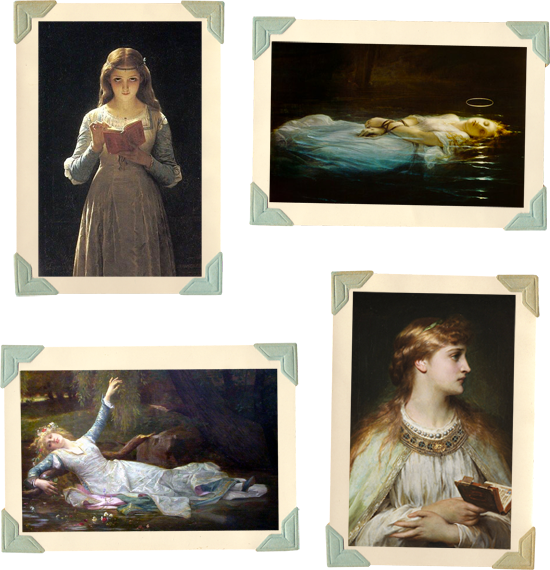
- Ophelia by Cot, Dicksee, Cabanel + not very Ophelia but much alike Paul Delaroche's "The young martyr" -
 "Et l'Infini terrible éffara ton oeil bleu !"
"Et l'Infini terrible éffara ton oeil bleu !"
The title I used is taken from Arthur Rimbaud's poem "Ophélie" that you can read below :
"Sur l'onde calme et noire où dorment les étoiles
La blanche Ophélia flotte comme un grand lys,
Flotte très lentement, couchée en ses longs voiles...
- On entend dans les bois lointains des hallalis.
Voici plus de mille ans que la triste Ophélie
Passe, fantôme blanc, sur le long fleuve noir
Voici plus de mille ans que sa douce folie
Murmure sa romance à la brise du soir
Le vent baise ses seins et déploie en corolle
Ses grands voiles bercés mollement par les eaux ;
Les saules frissonnants pleurent sur son épaule,
Sur son grand front rêveur s'inclinent les roseaux.
Les nénuphars froissés soupirent autour d'elle ;
Elle éveille parfois, dans un aune qui dort,
Quelque nid, d'où s'échappe un petit frisson d'aile :
- Un chant mystérieux tombe des astres d'or"
- Arthur Rimbaud, "Ophélie", Le Reliquaire, 1891.
Was Ophelia really insane ?! For some scholars, Hamlet, by his actions and words slowly drive Ophelia, the one he once loved, into madness as in his twisted mind, women are all bound to be harlots, hiding behind the guise of purity, repressed sexual desire and dark intentions.
On that account, Ophelia would be a perfect illustration of hysterical fits in Freud's psychiatric explanation of hysteria as a mental disease caused by repressed sexual desire. Shedding the psychiatric light on Ophelia, 19th century psychiatrists used her as a perfect illustration of hysteria or mental breakdown many young girls experience during adolescence.
Or does Ophelia use her so-called "madness" as a way to express her true feelings and sorrow, saying things she could not have been allowed to say, as a respectable woman in a patriarcal society ? Hence escaping the role the men who surround her: her father, Hamlet and her brother seem to confine her in : a "tool" for her father, both a loved-one and a subject of hate and disgust for Hamlet and the epitome of purity for her brother. All of them using her, having ulterior motives and an agenda of their own.
Insane or not, Ophelia seems to be meaningful for
Pre-raphaelites painters. Ophelia's madness and tragic death seems to be a source of inspiration for many 19th century painters.
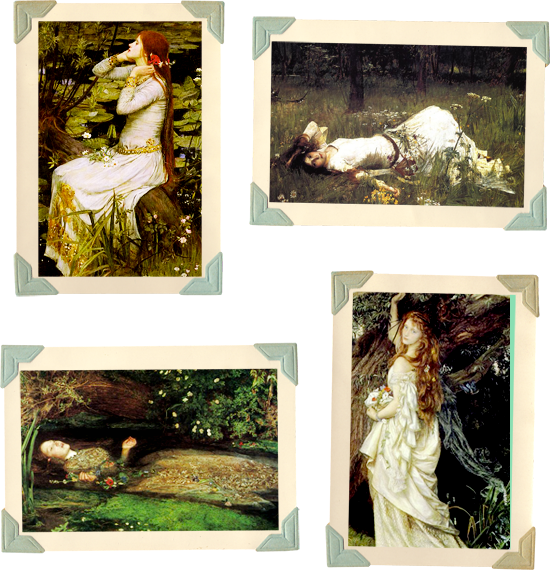
- Ophelia by Waterhouse, Millais and Arthur Hughes -
 Elizabeth Eleanor Siddal, the Pre-raphaelites' Ophelia :
Elizabeth Eleanor Siddal, the Pre-raphaelites' Ophelia :
The most famous Pre-Raphaelite Ophelia definitely is
Millais' Ophelia. Despite mixed reviews when it was first displayed in 1852 at the Royal Academy in London, Millais' Ophelia is his most famous painting.
Millais used then 19 years old
Elizabeth Eleanor Siddal as a model for his Ophelia. He painted the landscape first and then had miss Siddal pose for long hours in a bathtub filled with water. Miss Siddal caught a cold and her father threatened to sue Millais as he held him responsible for her daughter's disease. Millais agreed to pay the doctor's bill and as miss Siddal recovered from her cold, everything was amiably settled.
Let me tell you more about Lizzie Siddal. She was born in 1829 and died in 1862. Her life story is both captivating and sad. She was born in an "upper class" labourer's family. Lizzie started to work for a milliner and she was spotted by the painter
Deverell who used her as a model and introduced her to the Pre-Raphaelites. So she became one of the most famous Pre-Raphaelite model.
She especially caught
Dante Gabriel Rosetti's interest in 1849 and she started modelling exclusively for Rosetti. They started then started a pretty complicated : Lizzie spent long hours at Rosetti's place, which, in 19th century Great-Britain meant that she could not marry a respectable man as she was considered as Rosetti's mistress. The problem is that Rosetti could not make his mind and it took him 10 years to finally propose to Elizabeth.
Elizabeth was very anxious over this relationship which was the cause of her ill-health. She fell into severe depression, being often very ill and using her ill-health as a mean to keep Rosetti close. Having many fits of melancholy and refusing to eat anything when she was afraid he might leave her and fall for a younger and prettier muse.
Lizzie was also addicted to
laudanum, a mix of alchohol and opium which was prescribed by doctors to cure everything back then. She died of an overdose of laudanum in 1862. Her death was ruled as accidental but it actually was a suicide. Rosetti who discoverd her dying wife found a suicide note he burned before calling the doctors. As suicide was considered as shameful and would have bared Lizzie from a Christian burial.
Elizabeth was an artist herself. She wrote
poems and
painted and did several sketches. Ruskin, a Pre-Raphaelite brotherhood supporter, encouraged Lizzie to pursue a carreer in art. But her undecisive husband Dante Gabriel Rosetti's works unfortunately overshadow Lizzie's artistic productions.
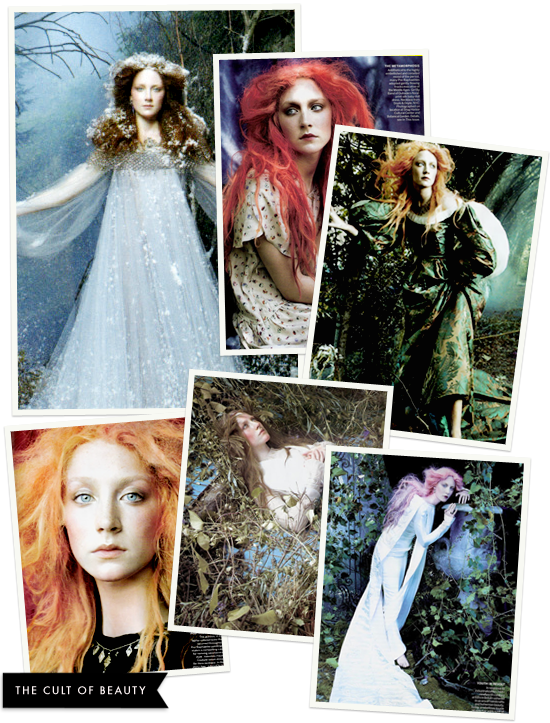
- Steven Meisel, "The cult of beauty" for Vogue US (2011) -
Libellés : art and litterature, history
Quel rêve, ô pauvre Folle !
Among Shakespearian ladies, Ophelia has always been my favourite. Mostly because Ophelia who first appears as the human incarnation of goodness and purity, so childlike and naïve, slowly falls into what the other characters of Hamlet consider as insanity : handling flowers she had gatherd in the folds of her dress to the courtesans and singing songs ; which eventually leads to her doubtful death by drwoning.

- Ophelia by Cot, Dicksee, Cabanel + not very Ophelia but much alike Paul Delaroche's "The young martyr" -
 "Et l'Infini terrible éffara ton oeil bleu !"
"Et l'Infini terrible éffara ton oeil bleu !"
The title I used is taken from Arthur Rimbaud's poem "Ophélie" that you can read below :
"Sur l'onde calme et noire où dorment les étoiles
La blanche Ophélia flotte comme un grand lys,
Flotte très lentement, couchée en ses longs voiles...
- On entend dans les bois lointains des hallalis.
Voici plus de mille ans que la triste Ophélie
Passe, fantôme blanc, sur le long fleuve noir
Voici plus de mille ans que sa douce folie
Murmure sa romance à la brise du soir
Le vent baise ses seins et déploie en corolle
Ses grands voiles bercés mollement par les eaux ;
Les saules frissonnants pleurent sur son épaule,
Sur son grand front rêveur s'inclinent les roseaux.
Les nénuphars froissés soupirent autour d'elle ;
Elle éveille parfois, dans un aune qui dort,
Quelque nid, d'où s'échappe un petit frisson d'aile :
- Un chant mystérieux tombe des astres d'or"
- Arthur Rimbaud, "Ophélie", Le Reliquaire, 1891.
Was Ophelia really insane ?! For some scholars, Hamlet, by his actions and words slowly drive Ophelia, the one he once loved, into madness as in his twisted mind, women are all bound to be harlots, hiding behind the guise of purity, repressed sexual desire and dark intentions.
On that account, Ophelia would be a perfect illustration of hysterical fits in Freud's psychiatric explanation of hysteria as a mental disease caused by repressed sexual desire. Shedding the psychiatric light on Ophelia, 19th century psychiatrists used her as a perfect illustration of hysteria or mental breakdown many young girls experience during adolescence.
Or does Ophelia use her so-called "madness" as a way to express her true feelings and sorrow, saying things she could not have been allowed to say, as a respectable woman in a patriarcal society ? Hence escaping the role the men who surround her: her father, Hamlet and her brother seem to confine her in : a "tool" for her father, both a loved-one and a subject of hate and disgust for Hamlet and the epitome of purity for her brother. All of them using her, having ulterior motives and an agenda of their own.
Insane or not, Ophelia seems to be meaningful for
Pre-raphaelites painters. Ophelia's madness and tragic death seems to be a source of inspiration for many 19th century painters.

- Ophelia by Waterhouse, Millais and Arthur Hughes -
 Elizabeth Eleanor Siddal, the Pre-raphaelites' Ophelia :
Elizabeth Eleanor Siddal, the Pre-raphaelites' Ophelia :
The most famous Pre-Raphaelite Ophelia definitely is
Millais' Ophelia. Despite mixed reviews when it was first displayed in 1852 at the Royal Academy in London, Millais' Ophelia is his most famous painting.
Millais used then 19 years old
Elizabeth Eleanor Siddal as a model for his Ophelia. He painted the landscape first and then had miss Siddal pose for long hours in a bathtub filled with water. Miss Siddal caught a cold and her father threatened to sue Millais as he held him responsible for her daughter's disease. Millais agreed to pay the doctor's bill and as miss Siddal recovered from her cold, everything was amiably settled.
Let me tell you more about Lizzie Siddal. She was born in 1829 and died in 1862. Her life story is both captivating and sad. She was born in an "upper class" labourer's family. Lizzie started to work for a milliner and she was spotted by the painter
Deverell who used her as a model and introduced her to the Pre-Raphaelites. So she became one of the most famous Pre-Raphaelite model.
She especially caught
Dante Gabriel Rosetti's interest in 1849 and she started modelling exclusively for Rosetti. They started then started a pretty complicated : Lizzie spent long hours at Rosetti's place, which, in 19th century Great-Britain meant that she could not marry a respectable man as she was considered as Rosetti's mistress. The problem is that Rosetti could not make his mind and it took him 10 years to finally propose to Elizabeth.
Elizabeth was very anxious over this relationship which was the cause of her ill-health. She fell into severe depression, being often very ill and using her ill-health as a mean to keep Rosetti close. Having many fits of melancholy and refusing to eat anything when she was afraid he might leave her and fall for a younger and prettier muse.
Lizzie was also addicted to
laudanum, a mix of alchohol and opium which was prescribed by doctors to cure everything back then. She died of an overdose of laudanum in 1862. Her death was ruled as accidental but it actually was a suicide. Rosetti who discoverd her dying wife found a suicide note he burned before calling the doctors. As suicide was considered as shameful and would have bared Lizzie from a Christian burial.
Elizabeth was an artist herself. She wrote
poems and
painted and did several sketches. Ruskin, a Pre-Raphaelite brotherhood supporter, encouraged Lizzie to pursue a carreer in art. But her undecisive husband Dante Gabriel Rosetti's works unfortunately overshadow Lizzie's artistic productions.

- Steven Meisel, "The cult of beauty" for Vogue US (2011) -
Libellés : art and litterature, history
The legend of Briar Rose
"The fateful slumber floats and flows
About the tangle of the rose."
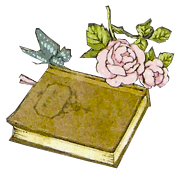
 평화 [pʰjəŋ.hwa]
평화 [pʰjəŋ.hwa]
Child of the 80's born in Seoul (South Korea) - Living and working in Paris (France) - Languages spoken: French / English (surprise surprise, despite my place of birth I don't speak or understand a word of Korean!) - Languages studied but not practiced enough to speak them fluently: Spanish / Japanese / Latin (not spoken anymore anyway) / Ancient Greek - Studied: History / specialised in French Medival History -
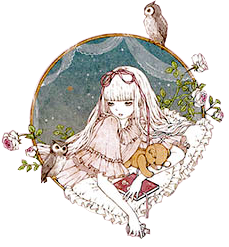




















 평화 [pʰjəŋ.hwa]
평화 [pʰjəŋ.hwa]
Enregistrer un commentaire
1. Comments are moderated.
2. Please don't post spam/advertisements, or your comment won't be published.
3. At last, thanks for your comment!